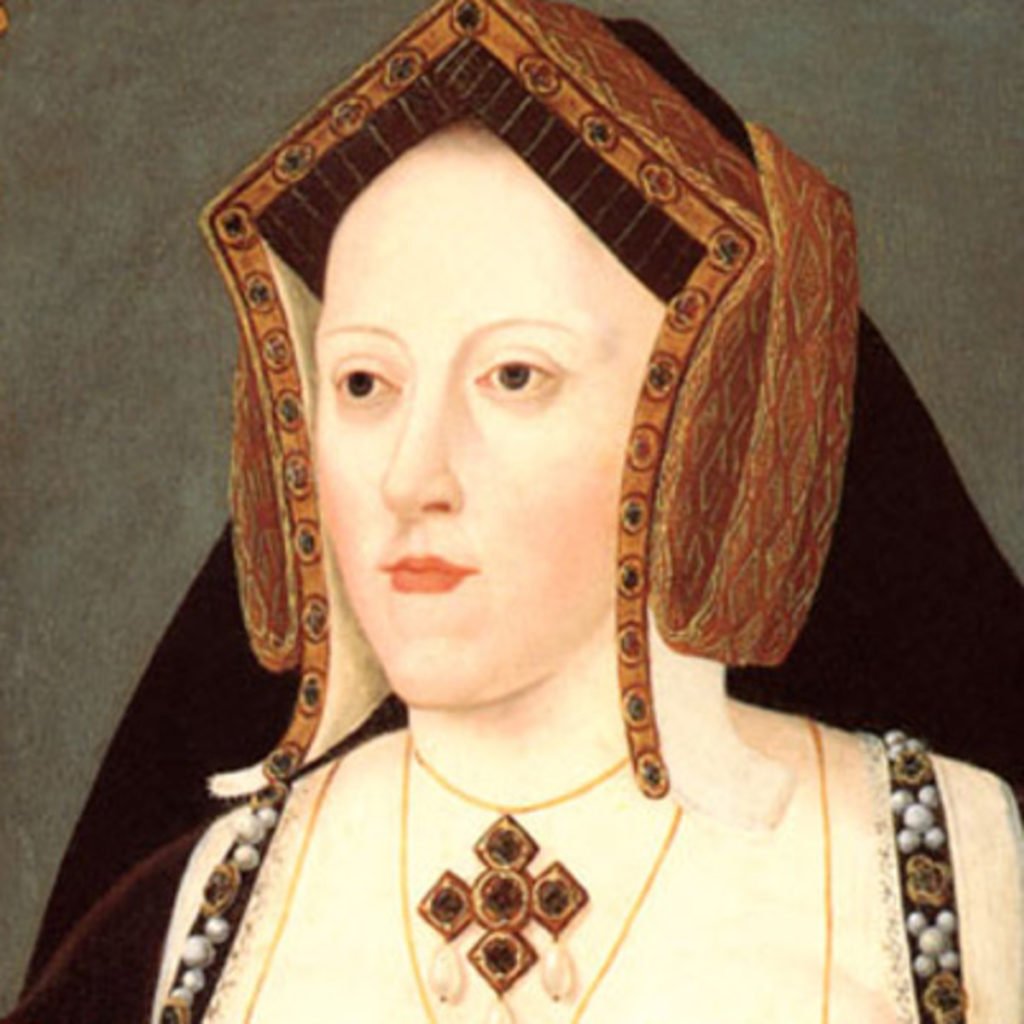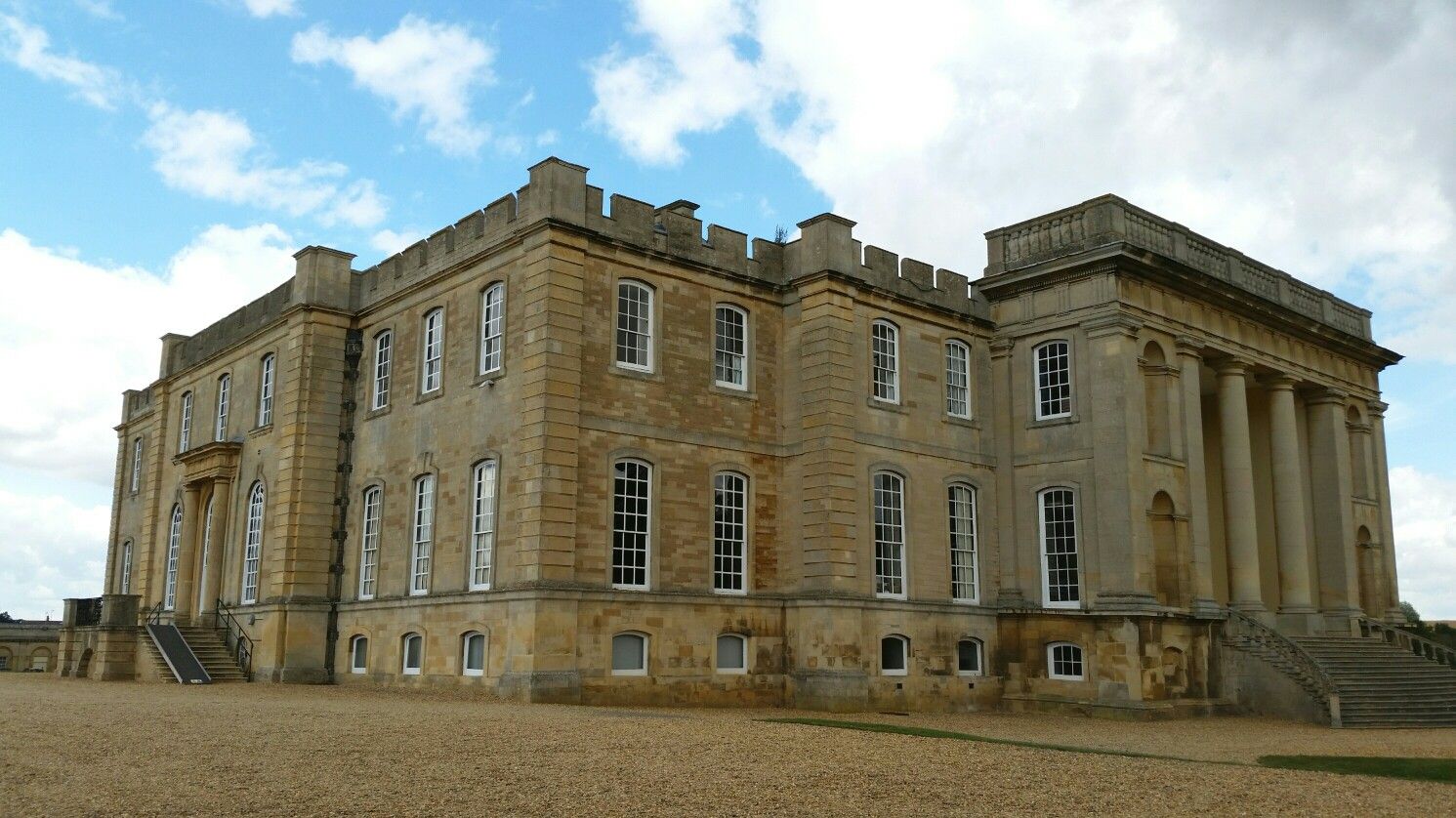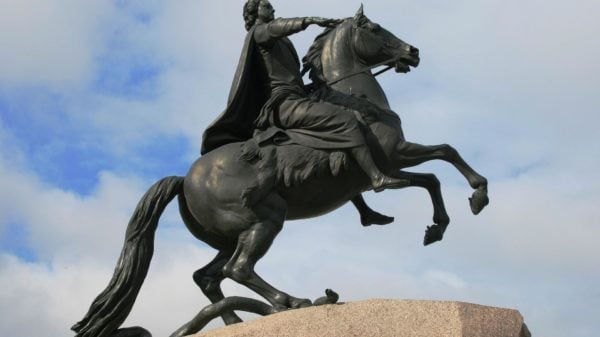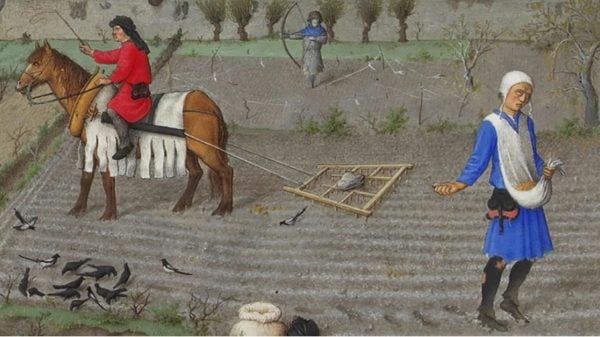There are a lot of castles, palaces, and manors in England that is filled with history. One such place is the Kimbolton Castle, which is located in Kimbolton, Cambridgeshire, United Kingdom. The castle is historic not because of its changes, which range from being a Norman castle, a mansion of the Tudors, a Georgian home, and a public school but because this is the final home of Catherine of Aragon.
A Brief Historical Overview of Kimbolton Castle
The town of Kimbolton was said to have a castle way back during the Norman times of the 11th century. However, the castle was said to have been made from wood. Because of the castle’s wooden structure, it was demolished before the 12 century, and the only remnants of the Norman castle were the mount that it was erected on. During the early 12th century, Geoffrey Fitz Piers built a manor on where the Norman castle once stood. This manor lasted for several centuries, and its different owners made many additions to the manor. However, during the 15th century, the original Fitz Piers’ Manor was demolished and rebuilt as a Tudor manor house by the Wingfield family. The Kimbolton Castle had its significant historical resident in April 1534 when King Henry VIII sent Catherine of Aragon to live in the manor as a punishment for not recognizing Henry’s marriage to his new wife Anne Boleyn and refusing to relinquish her title as Queen of England.
Who is Catherine of Aragon?
Catherine of Aragon was a historic woman in England with a lot of movies made portraying her life. Catherine was born in 1495, in Spain to Spanish rulers Ferdinand II of Aragon and Isabella I. For Spain and England to have a good relationship, Catherine was promised to be married to Arthur, King Henry VII’s eldest son. Catherine and Arthur were both 15 years old when they were married on November 14, 1501. Because of the marriage, Catherine was named Princess of Wales. However, the marriage did not last long since Arthur was ill and died just after six months.
After Arthur’s death, Catherine was arranged to marry Arthur’s younger brother Henry VIII partly because King Henry VII did not want to return the 200,000-ducat wedding dowry of Catherine. However, the Catholic Pope Julius II denied annulling the first marriage of Catherine with Arthur even after Catherine claims that the first marriage was never consummated and that she was still a virgin. Nevertheless, Catherine and Henry VIII were married in a private ceremony officiated by the Observant Friars in 1509.
Catherine got pregnant six times but could only provide Henry VIII with two sons and a daughter. However, the two sons did not survive more than a few months. Only their daughter, who would later become Mary I of England, survived until adulthood.

A painting depicting the likeness of Catherine of Aragon
Henry VIII later grew tired of Catherine because she cannot provide him with a male heir that will not die during childbirth or childhood. Henry later married Anne Boleyn, who was named as Queen of England. Catherine refused to accept the new queen’s validity and refused to have her wedding with Henry VIII be annulled. Catherine was then banished to live the remainder of her life in Kimbolton Castle. Catherine spent the last two years in Kimbolton, where her health might have deteriorated because of her husband’s betrayal and the prevention of her seeing her only daughter Mary.
Today, Kimbolton Castle is now a public school. However, there are stories that Catherine of Aragon still haunts the castle halls up to this day. Who could blame her?


















